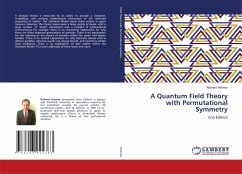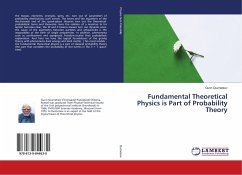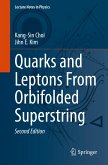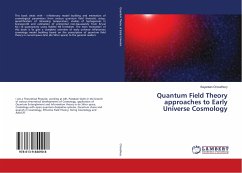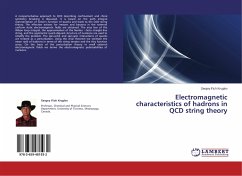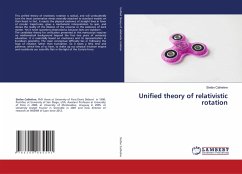A physical theory is measured by its ability to provide a complete, compelling, and unifying mathematical description of the observed properties of matter. The Standard Model meets these criteria in good measure. However, the theory leaves open a large variety of issues, with a large number of "input" parameters and a number of philosophical shortcomings. For example, there is no theoretical explanation for why there are three observed generations of particles. There is no explanation for the ordering of the masses of particles within the quark and lepton families. There is no unified explanation for why electrons always exist as distinct particles, whereas quarks are always bound, and neutrinos exhibit mass oscillations. There is no explanation of dark matter within the Standard Model. This work addresses all these issues and more.
Bitte wählen Sie Ihr Anliegen aus.
Rechnungen
Retourenschein anfordern
Bestellstatus
Storno


